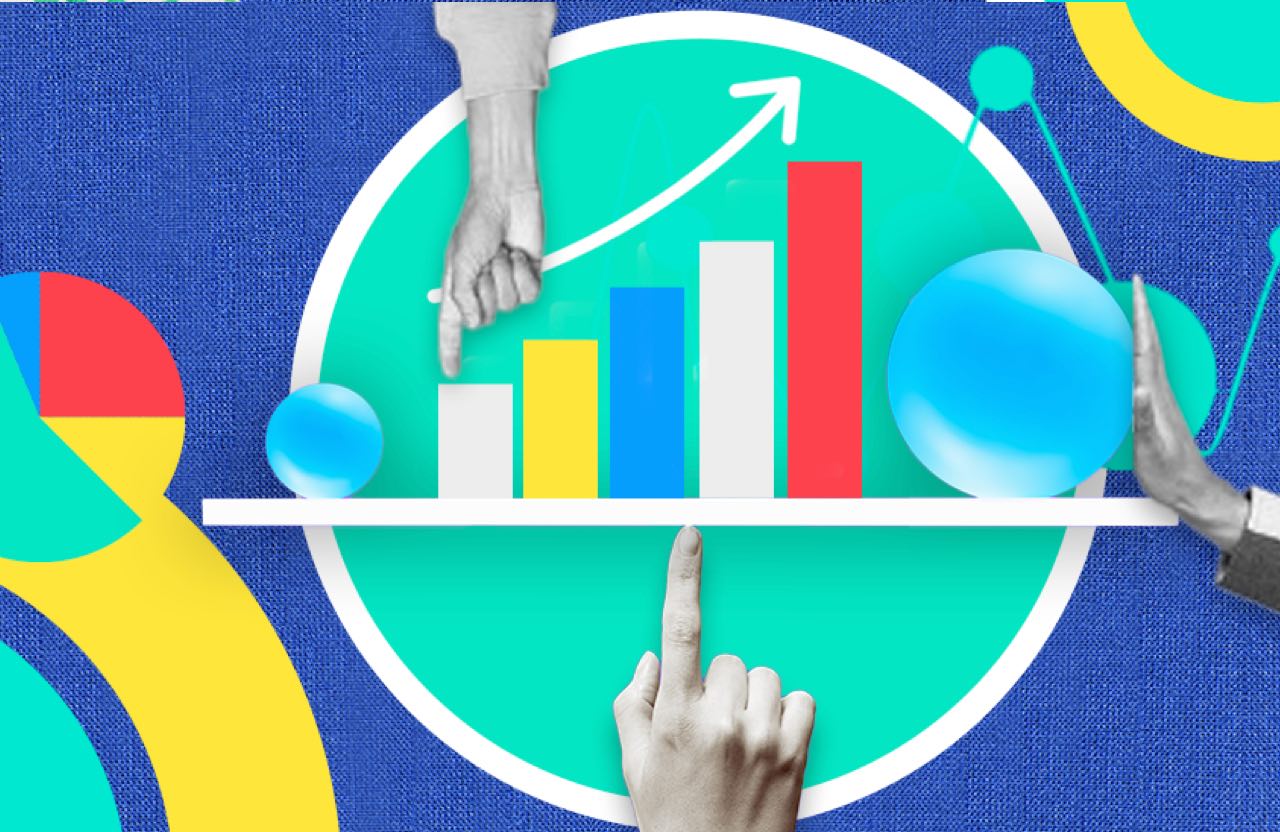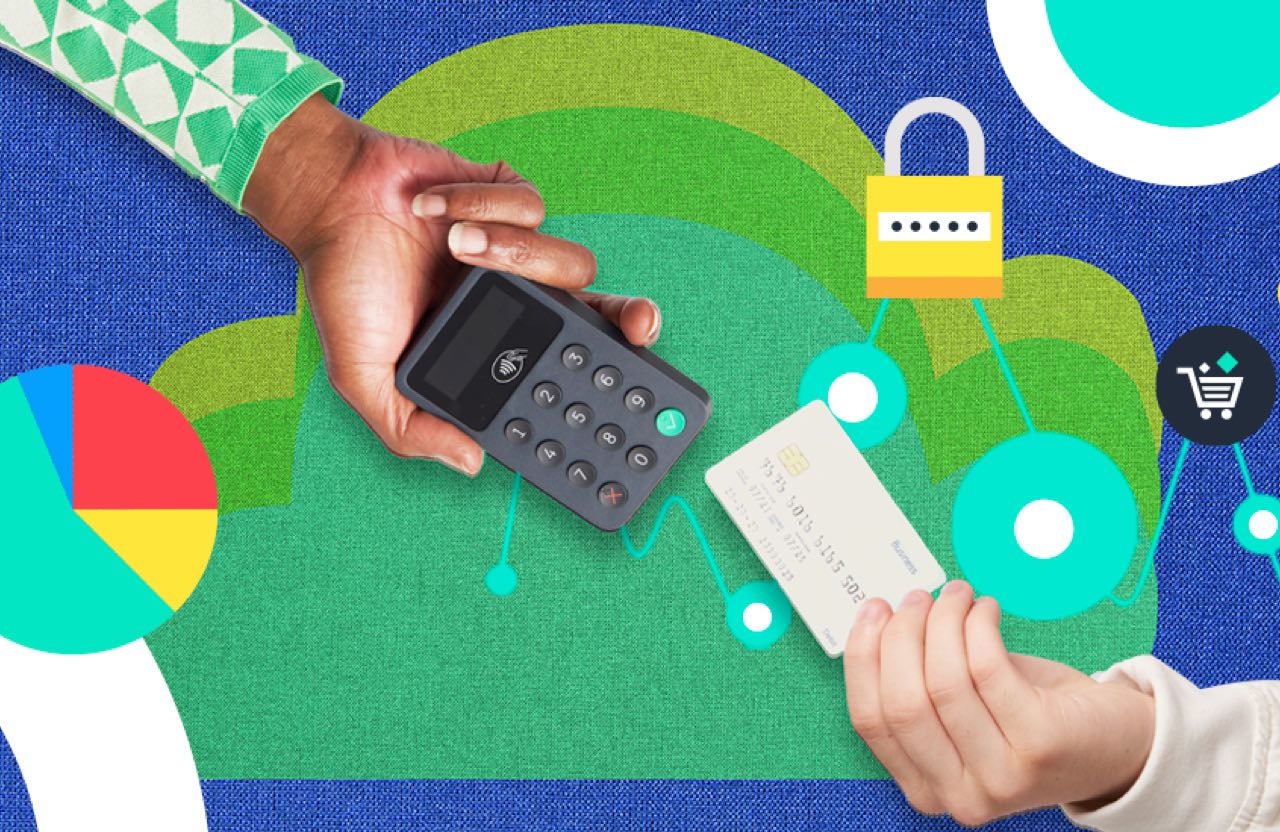What issue can we solve for you?
Type in your prompt above or try one of these suggestions
Suggested Prompt



Most B2B Digital Sales Experiences Are Stuck in the Past—This Is Why
Most B2B Digital Sales Experiences Are Stuck in the Past—This Is Why
B2B buyers are demanding digital transformation, but B2B sellers aren’t meeting expectations. Learn how to supercharge your B2B organization through hybrid selling with new digital tools that unlock growth and enhance customer relationships

In this article:
Where B2B sellers are going wrong with digital transformation
Most B2B digital sales tools, like customer relationship management (CRM) platforms or mobile e-commerce apps, don’t address the holistic employee and customer journey, leading to limited customer insights and functionality.
How to increase B2B buyer satisfaction with current digital sales tools
Address B2B buyer pain points by addressing the front-end customer experience and back-end employee experience, and collaborate across functions (sales, marketing, customer success, engineering) to create solutions.
Three essential digital sales tools for B2B sales teams
Access to digital tools can help B2B sales teams deliver a superior customer experience from proactive personalized recommendations to post-purchase support.
Top strategies to increase the efficiency of B2B digital sales transformation
B2B sales leaders should implement new hybrid and digital sales tools holistically, address legacy technology architecture and equip sales teams with change management resources to maximize value.
Despite the B2B shift from in-person to hybrid (digital and in-person) sales, many business buyers are unsatisfied with the sales process, leading to increased customer churn and brand switching for sales suppliers.
Why aren’t new digital commerce tools meeting the mark in the B2B sales experience?
From a lack of functionality to slow speeds and difficulty navigating to the right products, B2B digital solutions aren't enhancing the sales process for customers or employees. B2B sales teams across industries need to invest in self-service tools that go hand-in-hand with sales representative interactions, while improving their B2B customer experience, driving down costs and elevating customer insights.
"Customers are demanding self-service, and they want an easier, more personalized experience on their own terms. B2B will continue to follow in the direction of the precedence that B2C has set and there’s a lot of catching up to be done.”
Kendra Koder , Senior Client Partner at Publicis Sapient
Where B2B digital transformation goes wrong
Many B2B companies invest in online sales tools that solve one particular problem or only address one type of customer or buyer persona. Digital transformation that isn’t holistic often reinforces a siloed experience for both employees and customers and adds to frustration.
-
Only 35% of B2B buyers say they have an application or tool to integrate inventory management, fulfillment and delivery.
Source: The B2B Sales Gap Report
For example, a beauty and personal care brand may want to create a self-service portal for their corporate customers, like aestheticians and dentists, so they can automate online orders and product subscriptions.
However, the customer purchase data from their B2B portal isn’t integrated with inventory data, limiting insights into real-time product availability. Customers can't see which products are currently available, or when products will be available. Furthermore, these B2B customers have to log into a separate platform for educational product videos, and this extra step creates friction and limits the usefulness of the tool itself.
How to increase buyer satisfaction with current digital direct sales tools
To increase buyer satisfaction with digital and direct sales interactions, B2B companies need to think holistically across the entire customer and employee journey, from a value-driven perspective—integrating digital tools into field sales that are complimentary to each other.
There are three pillars of B2B sales transformation that B2B sales teams should consider:
Prioritize customer satisfaction over new technology:
Organize and deliver new tools around customer outcomes, prioritizing customer-oriented KPIs over digital for the sake of it.
Address employee satisfaction with back-end systems:
Simplify and reduce cost-to-serve by addressing legacy systems and processes that may be contributing to employee dissatisfaction and inefficiency, which in turn leads to customer frustration.
Collaborate with teams across functions:
Agree on what’s most important for all stakeholders, and what technology is required to deliver tools to be ready to go to market.
If B2B sales transformation is only aligned to one or two of these pillars, the transformation process can often become delayed, ineffective in achieving increased revenue goals and costly for the business as a whole.
Enhancing B2B sales services with three areas of digital tools
While in-person sales interactions are playing a smaller role in future B2B sales growth, it's critical for sales representatives to have access to digital tools that can help them deliver a superior customer experience.
-
43% of B2B customers still prefer traditional contact channels, like in-person interaction or phone calls.
Source: The B2B Sales Gap Report
Customers now demand more than just seamless transactions—they also expect personalized recommendations, proactive support and a VIP level of service for the products they purchase.
To meet these heightened expectations, B2B sales teams across sectors, from retail and industrial wholesale, to equipment rentals, or food and beverage products, must prioritize equipping their sales teams, and their customers, with the tools and resources they need to succeed in-person or online.
Account management tools for B2B sales representatives
Manufacturers need tools and services that can scale quickly to proactively support account management relationships with customers and partners. Disruptions in supply chain and customer demand make proactive account management much more critical.
At the same time, reductions in sales and field representative store visits require digital solutions to enable virtual service. Digital onboarding of new accounts, vendor management systems, chatbots and loyalty management accessible from native and mobile apps allow account managers to stay ahead of customer demands.
These sales support tools create increased efficiency in manual processes, increased sales and better customer experiences. For example, a B2B mobile app that optimizes reservation flow for vehicles can help sales representatives efficiently convert quotes into contracts.
Retail and field execution tools for B2B customers
Manufacturers can also use digital tools to support field sales on the customer end, through digitization of inventory replenishment, training, consumer education and automating processes and systems.
Often, small- to medium-sized B2B customers lack the fundamental digital tools to deliver personalized experiences to their consumers in-store and online. Then, consumers hold suppliers accountable, even though it’s the B2B customers that own the relationship.
Field sales systems, digital signage solutions, product recommendations and education tools, real-time inventory enablement and automated coupon offerings through native and mobile apps support the reordering process and provide business customers with the intelligence to drive greater lifetime value for their consumers.
“Our growth on our e-commerce mobile app is extremely encouraging. It’s a huge leap in the rental industry, but also in the B2B industry as a whole. It’s revolutionized how our customers want to interact with the Sunbelt brand.”
JP Saini , EVP, Chief Digital & Technology Officer at Sunbelt Rentals, Inc.
For example, digital product education tools help educate B2B customers about the best ways to use, fix or even sell products to consumers, without the customer having to call or book a field visit for assistance.
AI, advanced analytics and automation tools to stay ahead of B2B sales trends
AI-powered algorithms can analyze vast amounts of data to optimize and automate leadership decision-making, through identifying patterns, trends and insights that can inform larger sales strategies.
For example, a B2B self-service portal can provide teams with customer purchase trends, selling success metrics and cross-sell opportunities. This data can also feed into real-time inventory enablement to inform a digital AI-powered product recommendation tool for customers to choose a replacement product if one product is out of stock.
However, it’s essential for B2B sales teams to have a unified customer data platform (CDP) with real-time customer insights to provide intelligent analytics.
Additionally, the enablement of data insights with retailers can provide access to critical data for how products are performing at point of sale that can help B2B sellers drive optimization discussion opportunities with end-customers and retail customers. Data insights can also help gauge how trade promotions are performing to reduce profit erosion.
Top strategies for increasing efficiency with digital B2B sales transformation

1. Understand customer and employee pain points
While there are many digital tools available for B2B companies, the first step in digital transformation is gaining insight into the pain points that both customers and employees are experiencing. To place this in context, if supply chain constraints, for example, are the biggest customer problem, digital tools that can provide demand forecasting, supply chain visibility and order tracking would have a high return in terms of providing improvements and insights.
If B2B sales functions don’t fully understand these pain points, this is a great opportunity to introduce first-party research engagements targeting key areas within the B2B customer journey and prove untested assumptions.

2. Evaluate technology architecture
Next, B2B sales teams should evaluate how their technology ecosystem is set up to enable digital transformation. Often, this starts with the chief information officer (CIO) providing information on where potential technology silos exist—but it can be difficult to break down legacy systems without a proper change management strategy.

3. Create a change management strategy
Finally, change management needs to be part of the original strategy, not something that comes after the fact. There are many different ways of working, process flows, people and audiences across different departments that will be affected by a new digital-first sales model, and having a transformation steering committee that meets often to collaborate will help to tackle unanticipated challenges along the way.
Digital tools and a modern digital commerce platform should be considered as a way to complement, not conflict with field sales, and should be designed as part of a holistic customer journey.
Get in touch with Publicis Sapient’s global B2B center of excellence to reimagine a sales model that puts digital for customers and employees at the center, using both data and empathy to drive an integrated sales experience.
Related Reading
-
![]()
Insights
What Makes a Successful B2B Marketplace?
The ultimate guide to building and participating in B2B marketplaces: opportunities, challenges and strategies
-
![]()
Insights
Solving the Plumbing Problems in Your B2B Customer Data House
What can B2B consumer products companies do to future-proof their customer data strategy?
-
![What B2B Retailers Can Learn From B2C Experiences]()
Consumer Products
What B2B Retailers Can Learn From B2C Experiences
Digital transformation is a familiar story for business-to-consumer retailers. B2B firms can stand to study how digital creates opportunities for retailers to acquire new customers, engage better with existing customers and reduce the cost of operations.







